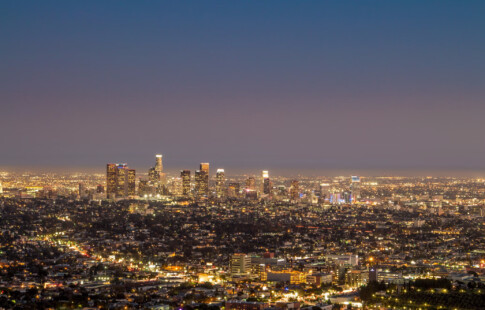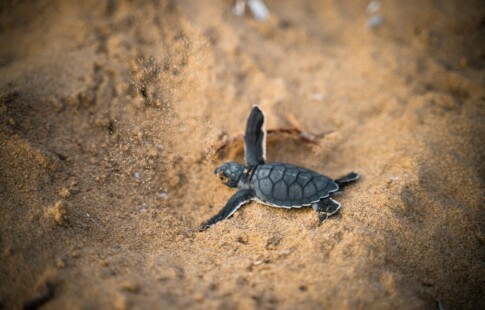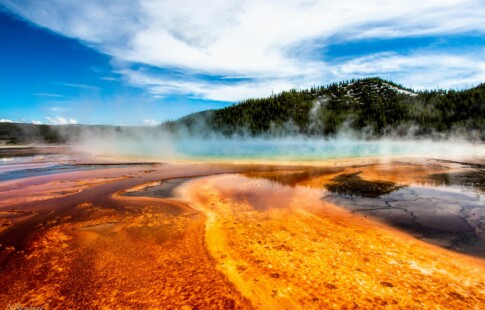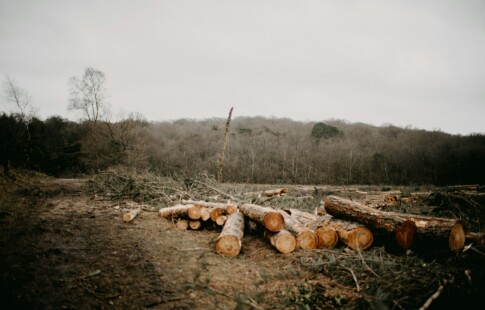
The Relationship Between Population Growth and Natural Disasters
We are reader-supported. When you buy through links on our site, we may earn affiliate commission.
By the statistics, natural disasters seem to have become more severe. Wildfires, earthquakes and hurricanes dominate the news cycle. 2018 was one of the costliest years on record for natural disasters. That same year, Hurricane Michael became the strongest hurricane on record to strike the Florida panhandle. And we know that climate change has the potential to make natural disasters even worse.
But what’s driving this change in the impact of natural disasters? Is the culprit a change in the climate or a change in how and where people live?
Population Growth and Natural Disasters
The simple answer is that there are more people in the world than ever before — and so there are more people that can be struck by natural disasters. You can explain the higher costs in a similar way. Global GDP is higher than its ever been. The costs of natural disasters are going to be much higher when there’s more money invested in technology and infrastructure. And as business efficiency increases, downtime naturally becomes more and more expensive.
But an increase in population isn’t the whole picture. Where and how people choose to live is also making the impact of natural disasters worse.
Population density affects how damaging a disaster will be — an earthquake that strikes a city will do more harm than one that impacts a small town. And right now, while the growth of cities is slowing down, population density is higher than ever.
People are also choosing more often to move to areas that are prone to natural disasters. In states like Florida, people disproportionately move to coastal areas around Miami, wanting to be closer to the beach but also not in an area that’s too rural. When a hurricane strikes the coast, there’s a larger population and more infrastructure threatened by the storm. The hurricane may not be as intense as ones we’ve seen in the past, but when disaster strikes a major population center, the damage can be severe.
But as much as changing populations are making the impact of natural disasters worse, what about the climate? Will higher temperatures make natural disasters more intense?
Climate Change and Natural Disasters
Climate change itself doesn’t cause natural disasters — earthquakes, wildfires, hurricanes and cyclones are all natural features of the environment. But it would be wrong to say that climate change won’t affect the impact and severity of natural disasters
.Scientists predict that as average temperatures rise, climate change will make natural disasters more severe. There’s also the possibility that higher temperatures will create a sort of climate feedback loop, increasing the frequency of wildfires and hurricanes. Higher temperatures dry out brush and forests, creating kindle for wildfires. These temperatures will also evaporate more moisture off of bodies of water, leading to greater formation of clouds and, eventually, hurricanes. These disasters may also become less predictable, giving people (especially large groups of people) less time to evacuate or prepare.
Overpopulation is also a real threat — and not just because there will be more people for natural disasters to impact. A larger population may speed up climate change. The more people on Earth, the more energy they’ll need. And worldwide, people are using more energy every year. As long as the main sources of energy are fossil fuels, more people will mean more CO2 in the environment — and even greater impacts of climate change.
Stores of clean water are already scarce in some third-world countries. 3.8 billion people lack access to a source of water that’s both clean and consistent. As climate change redirects rivers and dries out aquifers, water scarcity may get worse. Lacking clean water can lead to death and the spread of disease. This is especially true after a natural disaster when resources are stretched thin and damaged infrastructure render remote areas impossible to reach.
The Future of Natural Disasters
Climate change has already shifted the pattern of natural disaster development and severity. And climate change will likely get worse over the next century. Population growth may make climate change and natural disasters worse.
But the global population isn’t expected to grow forever. Experts believe that by 2070, population growth will even out, and the global population will peak and begin to gently decline. And population growth is already slowing down compared to last century.
But if we want to keep natural disasters from getting worse right now, our goal will need to be sustainability. Slowing down the effects of climate change can help mitigate the worst of these natural disasters. People will have to turn away from dependence on fossil fuels and look to more sustainable sources of energy. We will also need new solutions for making population-dense areas more disaster-ready. New water purification technology and more resilient infrastructure will be essential.
Natural disasters are a feature of the environment — we can’t stop them from happening, but we can build a world that is more prepared for them and more sustainable.
Share on
Like what you read? Join other Environment.co readers!
Get the latest updates on our planet by subscribing to the Environment.co newsletter!
About the author

Jane Marsh
Starting from an early age, Jane Marsh loved all animals and became a budding environmentalist. Now, Jane works as the Editor-in-Chief of Environment.co where she covers topics related to climate policy, renewable energy, the food industry, and more.





